The beer market remains one of the most dynamic and competitive industries globally, continually evolving in response to changing consumer preferences, regulatory environments, and market dynamics. As we delve into the latest trends and insights for 2023, this analysis explores the current state of the global beer market, growth trajectories, and shifts in market share that define the industry’s trajectory. From understanding the 3:30-300 rule to evaluating the rise or decline of certain beer brands, this comprehensive overview aims to provide clarity on the key factors shaping the beer market today. By examining the top-selling beer brands worldwide and the most popular choices in the United States, this article offers a detailed look at the competitive landscape and the strategies needed to thrive in such a rapidly changing environment. Whether you’re a seasoned industry professional or a curious observer, this analysis serves as a valuable resource for understanding the beer market’s past, present, and future.

How is the beer market doing?
As of the latest reports, the global beer market continues to show resilience despite challenges. In the United States, the beer market has maintained steady growth, driven by evolving consumer preferences and innovative brewing techniques. According to recent industry analyses, the U.S. beer market is projected to grow at a compound annual growth rate (CAGR) of 2.53% from 2024 to 2030, reaching a market value of $123.68 billion by 2030, up from $106.84 billion in 2024.
The market is characterized by increasing demand for craft beers, premium and specialty brews, and a growing emphasis on sustainability and local production. Craft breweries remain a significant driver of growth, with many offering unique flavors and seasonal offerings to cater to diverse consumer tastes. Additionally, the rise of homebrewing and the convenience of online alcohol delivery services have further fueled market expansion.
Key trends include:
- Craft Beer Dominance : Independent craft breweries continue to gain market share, challenging traditional beer giants. The segment is expected to grow at a faster pace due to consumer demand for quality and authenticity.
- Sustainability Initiatives : Many brewers are adopting eco-friendly practices, such as reducing carbon footprints and using recyclable packaging, which resonates well with environmentally conscious consumers.
- Functional and Health-Conscious Beers : There is a rising interest in beers with functional benefits, such as those infused with vitamins, probiotics, or adaptogens, catering to wellness-focused consumers.
- Regional Growth : While the West Coast remains a hub for craft beer innovation, other regions like the Midwest and Southeast are experiencing strong growth, driven by local production and expanding distribution networks.
For more detailed insights, explore The Goods On Tap for comprehensive analysis of the beer market and its dynamics.
The 3:30-300 Rule for Beer
The 3:30-300 rule for beer is a simple yet effective guideline to ensure your beer tastes its best. Here’s a breakdown:
- 3:30 Rule : This refers to the time aspect. Beer should ideally be served within three and a half hours (3:30) of being packaged or poured from a keg. This ensures the beer remains fresh and prevents it from going flat or developing off-flavors due to oxidation.
- 300 Rule : While the exact meaning of “300” can vary, it often relates to maintaining optimal conditions for serving. This could involve factors like temperature, pressure, or carbonation levels. For instance, many draft systems use around 300 psi of CO2 pressure to properly carbonate beer, ensuring it has the right fizz and texture.
By adhering to these guidelines, you can serve beer in the best possible state, whether it’s from a bottle, can, or tap.

Is the Beer Industry Declining?
The beer industry is facing significant challenges, indicating a potential decline in certain segments. Here’s a breakdown of the current situation:
- Rising Closure Rate of Craft Breweries : For the first time, the number of craft breweries closing surpasses those opening. This trend reflects economic pressures, including increased operational costs and shifting consumer preferences.
- Shift in Consumer Preferences : Demand for beer has declined, with consumers turning to alternatives like hard seltzers, spirits, and non-alcoholic beverages. This shift impacts traditional beer categories, particularly mass-produced beers.
- Production Costs : Small breweries are struggling with rising material and labor costs, making it harder to compete with larger players. This financial strain contributes to the decline in the craft sector.
- Emerging Opportunities : Despite challenges, growth opportunities exist in emerging markets and niche segments, such as premium and craft beer. Innovation in flavor profiles and packaging continues to drive interest among adventurous consumers.
The beer industry’s trajectory depends on adaptability and innovation. While some segments may decline, others show promise with targeted marketing and product development.
Learn more about current beer industry trends
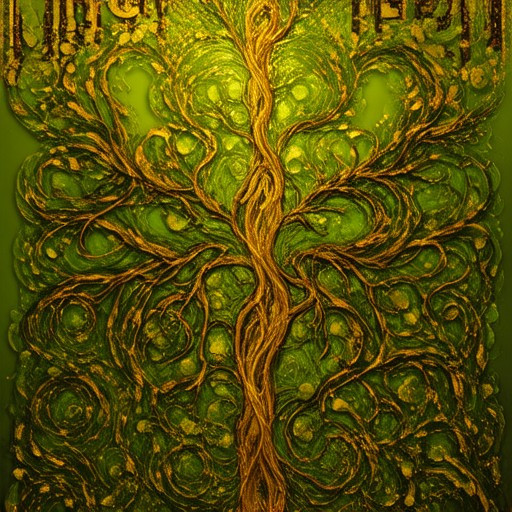
The #1 Selling Beer in the World
Heineken is widely recognized as the top-selling beer globally, with significant market presence across numerous countries. Its popularity is driven by a strong brand reputation and extensive distribution network. While other notable brands like Budweiser, Corona, and Asahi also hold substantial shares, Heineken consistently leads in global sales figures. Link to Heineken’s global sales overview .
Number 1 Bought Beer in America
The top-selling beer in America is currently Modelo Especial, which has overtaken Bud Light to claim the title of the best-selling beer brand in the United States. This shift occurred in June 2023, marking a significant milestone in the competitive landscape of the beer industry.
- Bud Light, once the dominant brand, has seen a decline in sales over the past few years, leading to its loss of the top spot.
- Modelo Especial has surged in popularity, capturing a significant market share and becoming the preferred choice for many consumers.
- Michelob Ultra has also made strides, overtaking Bud Light to secure the second position, further illustrating the evolving preferences of American beer drinkers.
The competition among these brands highlights the dynamic nature of the beer market, with companies continuously adapting to changing consumer tastes and preferences. Modelo Especial’s rise to the top reflects its strong marketing strategies and the appeal of its flavor profile, resonating with a broad audience.
For more information on the latest beer trends and rankings, visit our comprehensive guide on The Goods On Tap .
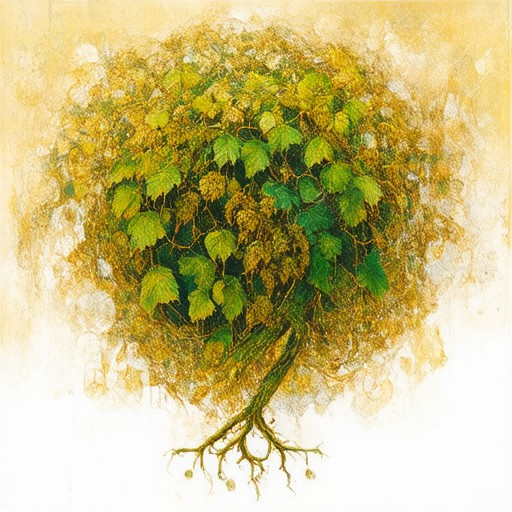
The Biggest Beer Monopolies
The global beer industry is dominated by a few large multinational corporations that collectively control a significant portion of the market. Among the leading players are:
- Anheuser-Busch InBev : One of the largest brewers, with a strong presence in North America, Europe, and Asia-Pacific.
- Heineken : A prominent brewer known for its European operations, particularly in Germany, Netherlands, and Spain.
- SABMiller : Based in South Africa, SABMiller operates globally and has significant holdings in Latin America and Africa.
- Carlsberg : A Danish company with strong roots in Central and Eastern Europe, including Poland and Russia.
These four corporations collectively account for approximately half of the world’s beer production, showcasing the high level of consolidation in the industry. Their global reach and extensive distribution networks allow them to maintain dominant positions in various markets.
Market Dominance and Regional Strengths
Each of these companies has strategically expanded through acquisitions and partnerships, securing a strong presence in key regions:
- Anheuser-Busch InBev has a particular focus on North America, where it owns iconic brands like Budweiser and Michelob Ultra.
- Heineken emphasizes premium and craft beer offerings, aligning with shifting consumer preferences.
- SABMiller has built a robust network in emerging markets, leveraging local expertise for better distribution.
- Carlsberg has invested heavily in sustainability and innovation to stay competitive.
Conclusion
While the craft beer scene continues to grow, these established giants remain pivotal in shaping the global beer landscape. Their ability to adapt to market trends and maintain operational efficiency ensures their continued dominance in the industry.

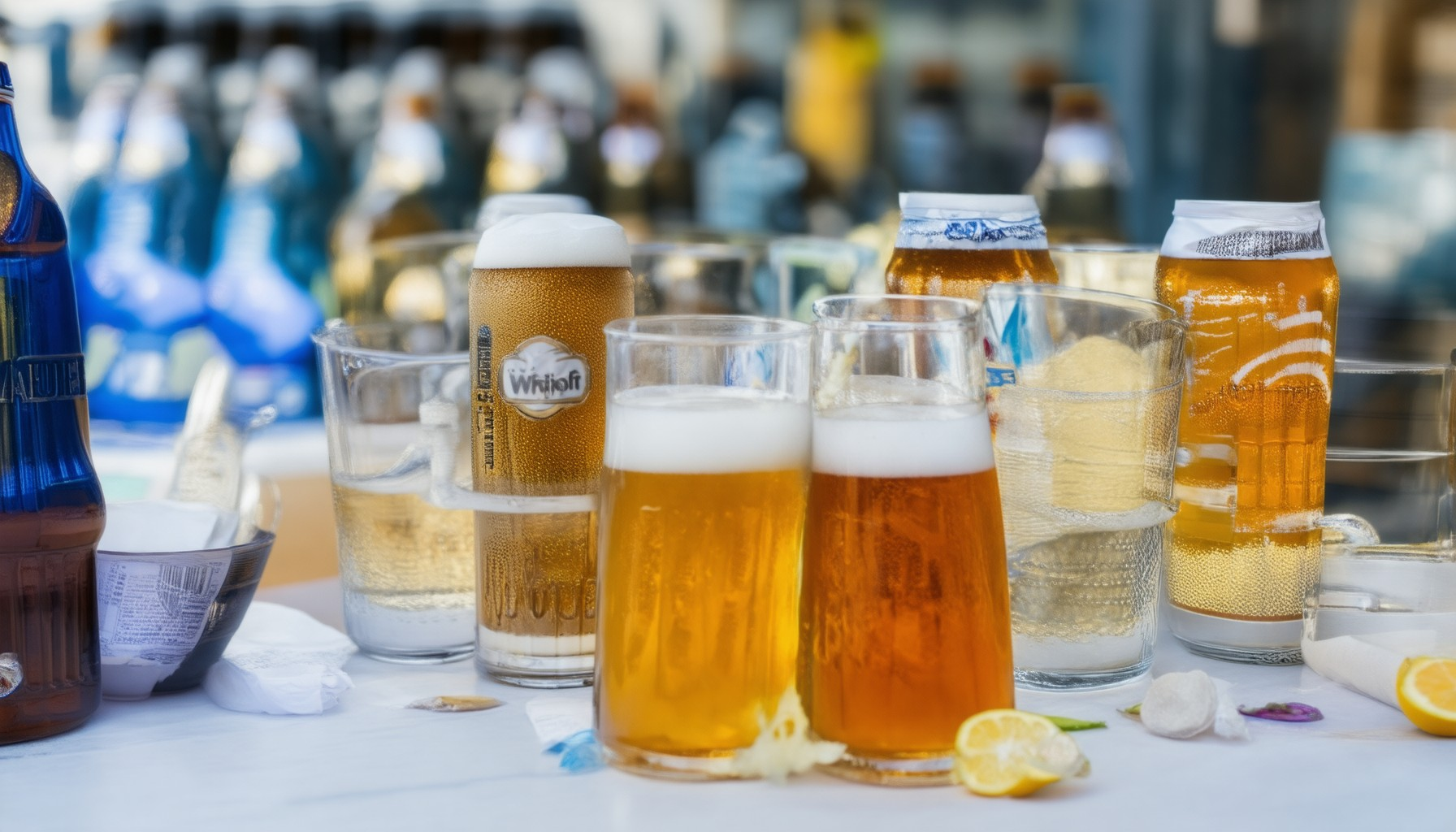

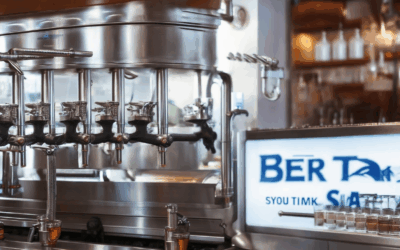
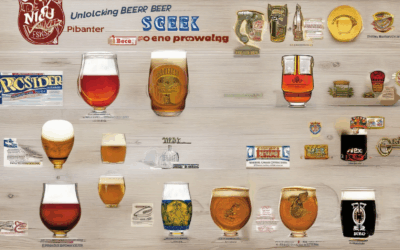
0 Comments